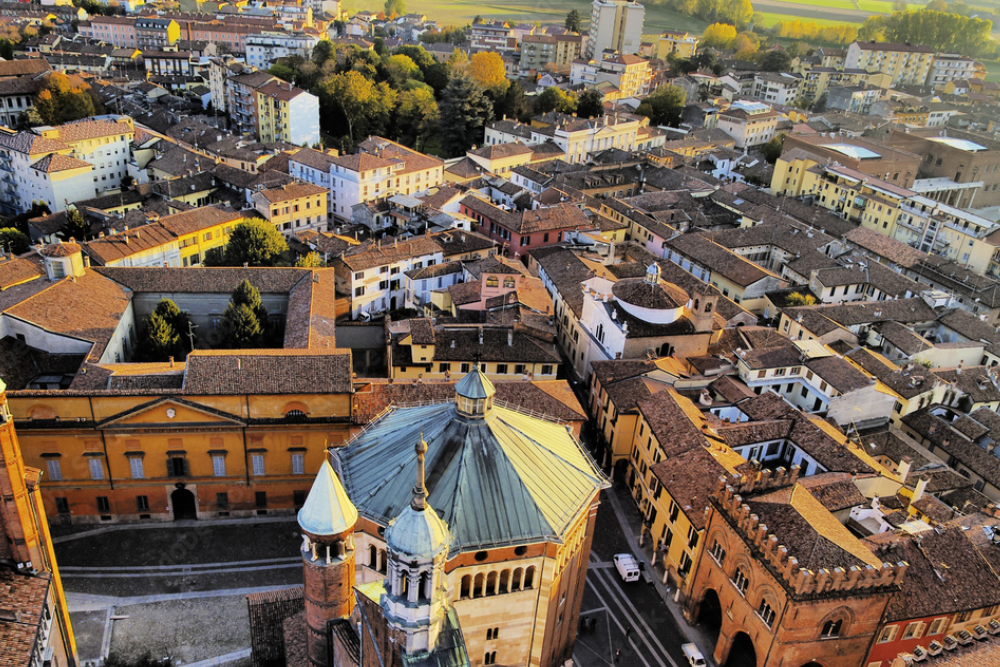Introduction
Cremona, situated in the Lombardy locale of northern Italy, is a city saturated with rich history and famous for its uncommon craftsmanship, especially in violin making. Known as the home of the renowned Stradivari family, Cremona flaunts a lively social scene and is an UNESCO World Legacy site. Guests can investigate the shocking Church of Cremona, with its noteworthy Romanesque engineering and wonderful frescoes, as well as the Torrazzo, one of the tallest block towers in Italy, offering all-encompassing perspectives on the city. c With beguiling roads, neighborhood markets, and flavorful food, including the eminent Torrone (nougat), Cremona is a wonderful objective for those trying to drench themselves in Italian culture and craftsmanship.
Cycling Tours

- The field encompassing Cremona is ideally suited for cycling. You can lease a bicycle and investigate the tourist detours along the Po Stream, going through beautiful towns and grape plantations.
Hiking

- Find the Parco Regionale dell’Oglio Sud, which offers different climbing trails. This park is wealthy in verdure, giving chances to birdwatching and appreciating nature.
Kayaking on the Po River
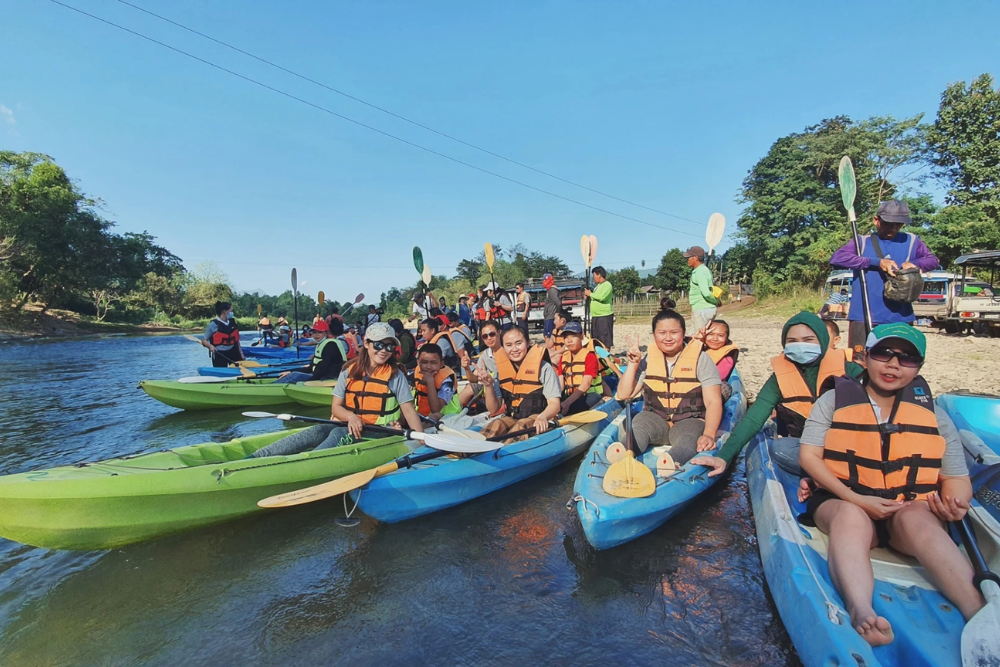
- Experience the Po Stream according to an alternate point of view by kayaking or paddling. A few nearby organizations offer rentals and directed visits, permitting you to investigate the stream’s excellence.
Cremona Basilica and Torrazzo
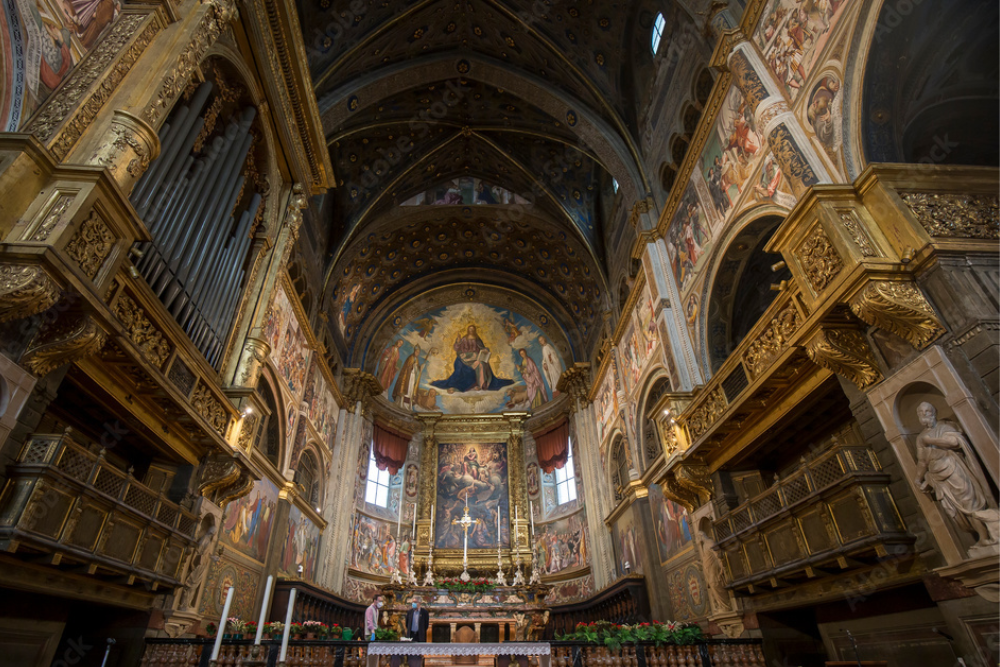
- Visit the dazzling Cremona Church, and don’t miss climbing the Torrazzo for amazing perspectives on the city and the encompassing open country.
Violin Museum
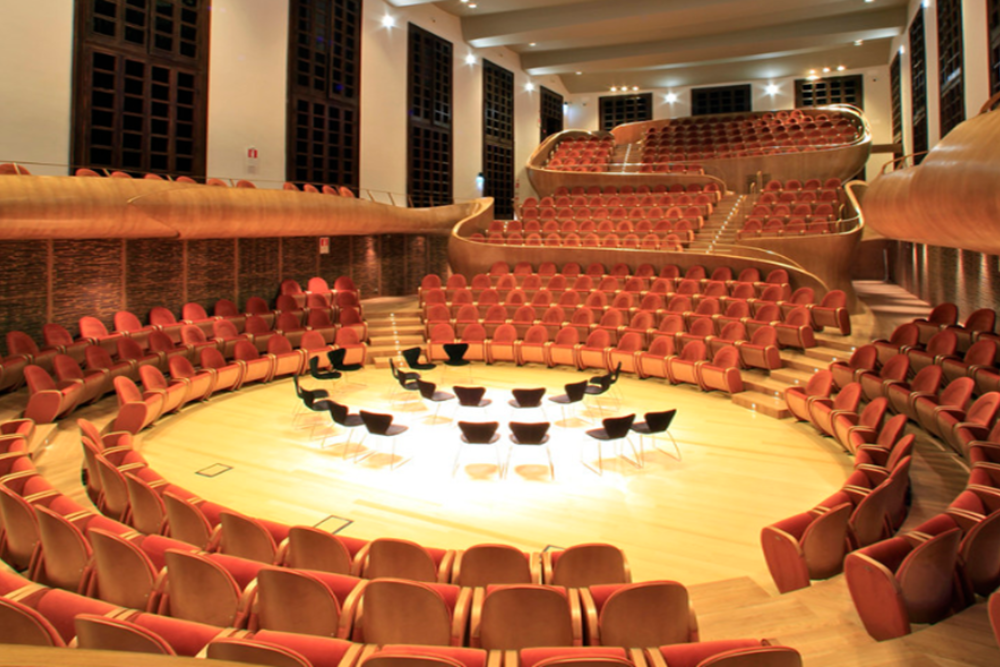
- Investigate the Museo del Violino, which features the historical backdrop of Cremona’s violin-production custom and presentations perfect instruments created by Stradivari and different bosses.
Piazza Del Comune
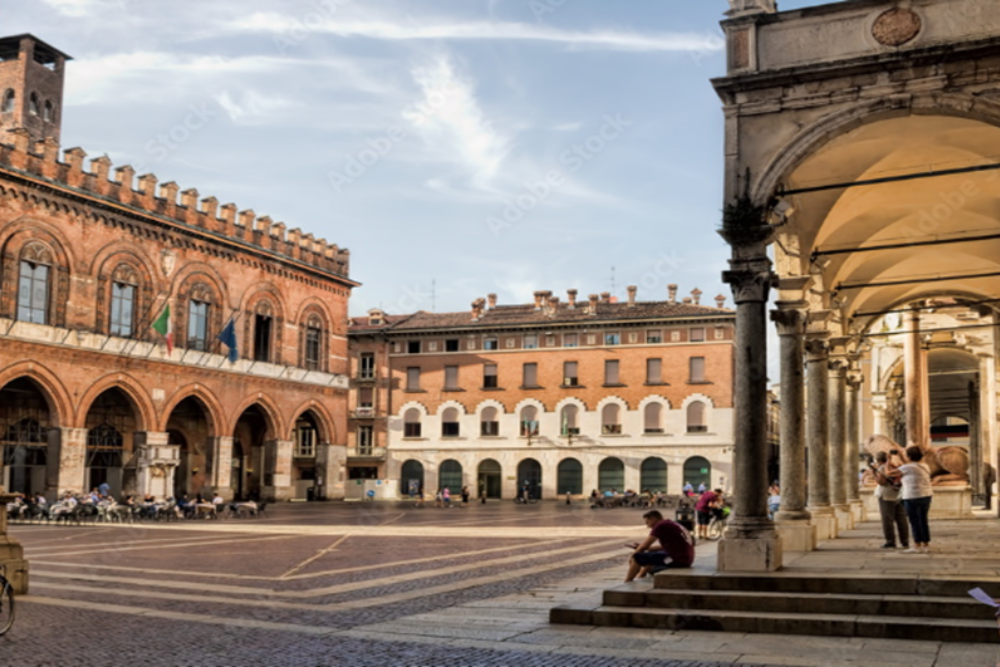
- This vivacious square is the core of Cremona. Walk around to respect the delightful design, unwind in a bistro, and watch the world go by.
Museo Civico Ala Ponzone
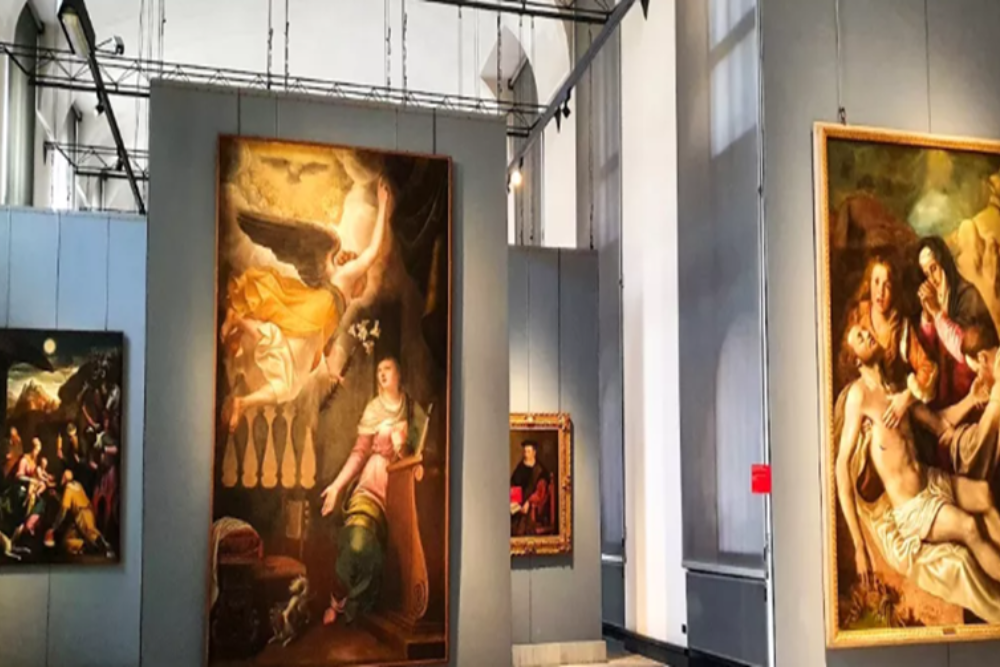
- This craftsmanship gallery houses a rich assortment of Renaissance workmanship, figures, and nearby history, making it an improving social stop.
Castles and Fortresses
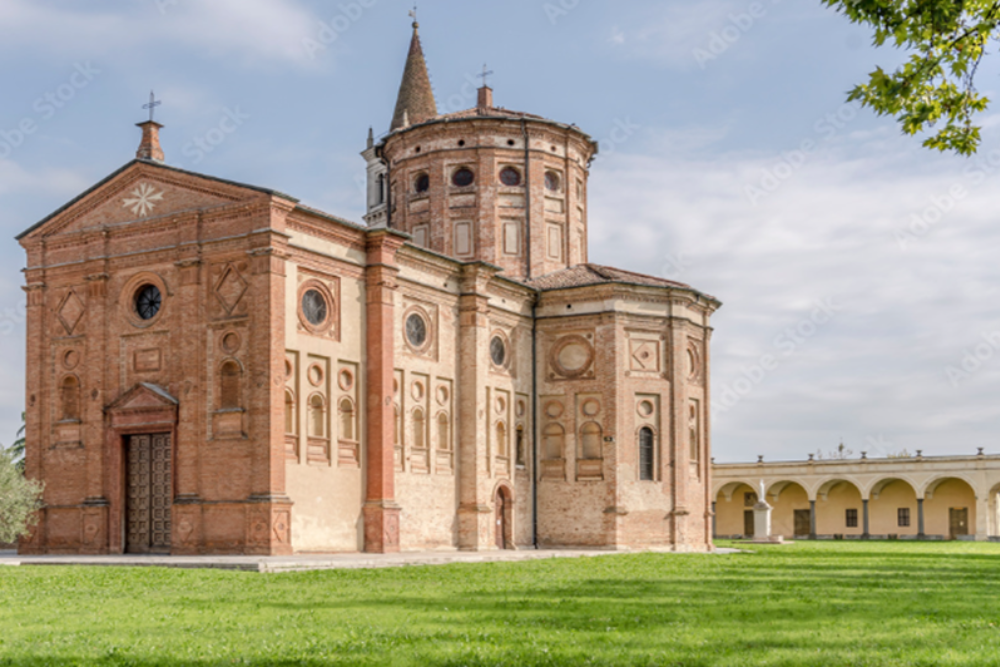
- Investigate close by authentic destinations like the Palace of Castelleone or the vestiges of Castello di Monticelli, which offer experiences into the locale’s archaic history.
Dos and Don’ts in Cremona
When visiting Cremona, Italy, understanding local customs and etiquette can enhance your experience. Here’s a guide to the dos and don’ts:
Dos
- Do Visit Historical Sites: Explore the Cremona Cathedral, Torrazzo, and the Violin Museum. These attractions offer a glimpse into the city’s rich history and craftsmanship.
- Do Try Local Cuisine: Sample traditional dishes such as Tortelli di Zucca (pumpkin-filled pasta) and Torrone, a local nougat. Dining at a traditional trattoria is a must.
- Do Use Basic Italian Phrases: Knowing a few Italian words and phrases like “per favore” (please) and “grazie” (thank you) can help you engage positively with locals.
Don’ts
- Don’t Rush: Italians enjoy a leisurely pace of life, especially during meals. Take your time to savor food and enjoy conversations.
- Don’t Expect Everyone to Speak English: While many people in tourist areas may speak English, it’s courteous to ask if they do before assuming.
- Don’t Engage in Loud Conversations: Keep your voice down in public spaces, as loud conversations can be seen as disrespectful.
Best time to reach in Cremona
The best chance to visit Cremona generally relies upon your inclinations for climate, exercises, and nearby occasions. Here is a breakdown of the seasons to assist you with choosing:
-
Spring (Walk to May)
- Spring is one of the most incredible times to visit Cremona. The weather conditions is gentle, with temperatures going from 10°C to 20°C (50°F to 68°F). Blossoms sprout, and outside bistros and parks wake up. It’s ideal for strolling visits and getting a charge out of nearby celebrations, like Easter festivals.
- Late-winter can be a piece stormy, so pressing a light coat or umbrella is prudent.
-
Summer (June to August)
- Summer offers warm climate, with temperatures averaging between 20°C to 30°C (68°F to 86°F). This season is dynamic, with numerous open air occasions, celebrations, and longer days for investigation.
- July and August can be very hot, and numerous local people take some time off, prompting a few terminations in more modest shops and cafés.
-
Harvest time (September to November)
- Pre-winter is one more phenomenal opportunity to visit, with agreeable temperatures and delightful fall foliage. September frequently includes the Celebration of Stradivari, praising the city’s violin-production legacy. The neighborhood collect season additionally carries new produce to business sectors.
- As harvest time advances, temperatures can decrease, particularly in November, and downpour turns out to be more continuous.
-
Winter (December to February)
- Winter offers a calmer involvement with Cremona. The city is delightfully adorned for these special seasons, and you can appreciate merry occasions and neighborhood markets. It’s a great time for indoor exercises, like visiting exhibition halls.
- It tends to be cold, with temperatures going from 0°C to 10°C (32°F to 50°F), and a few attractions might have restricted hours.



